The formula to be regarded as a trendy and fashionable person is a crop top and baggy jeans. Suddenly, they are regarded as peak fashion. Interestingly, these people are also often light-skinned, skinny, or feminine-presenting and fit eurocentric beauty standards. In the world of alternative fashion, people of color, plus-sized people, and anyone who differentiates from the specific standard that fashion influencers perpetuate on social media are not just overlooked, but ignored. They are shunned from alternative spaces.
However, they were not always underrepresented. The people who are currently underrepresented were actually the ones who started these alternative subcultures in the first place. Punk was originally a movement – it was a political mindset set around going against the status quo, rooted in 1960s “trash” culture among those who couldn’t afford to buy many new clothing pieces. Disco was a community rich with African-Americans, Hispanic and Latino Americans, and queer people. Hippie subculture arose in opposition to the Vietnam War and rebelled against political and social oppression. The history and origins have been erased and whitewashed over time – the work of the marginalized is, as usual, claimed and appropriated by the privileged.
Maybe it was just the late 1900s when people of color, plus-sized people, and anyone deemed as unconventional was kicked out of these spaces. Except it wasn’t just then: it’s still happening. The majority of alternative fashion subcultures were rooted in political movements and counterculture, coming into popularity because they worked against the status quo and countered the common culture. The ideals and demographics of countercultures developed into a safe space for a diverse range of people, from people of color to plus-size people to radicals.
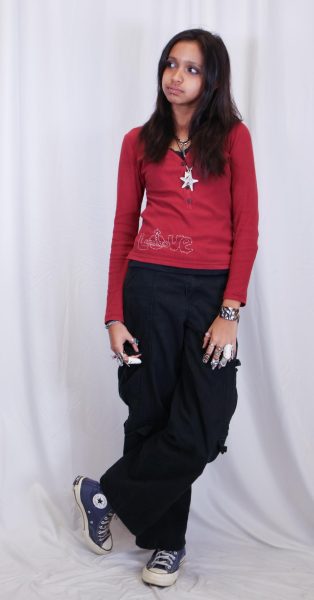
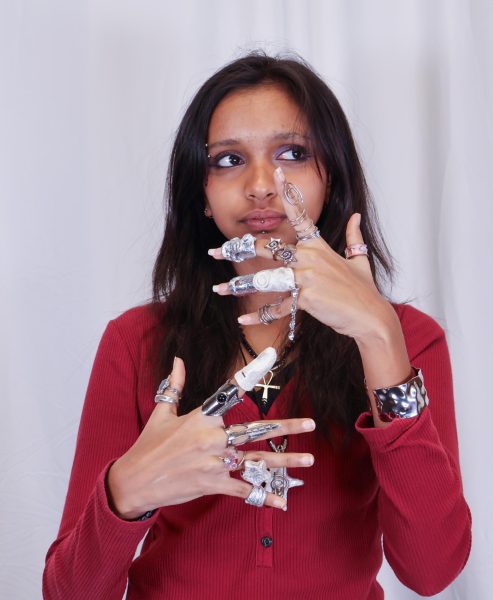
“If someone who wasn’t brown wore this, they wouldn’t be looked at,” Mrunali Rajiv ‘28 said. “Today, three people just looked at me like ‘oh, what is she wearing?’. People who are conventionally attractive are often idolized [while] people who are not white or not cis [are told] ‘you don’t deserve to be part of the whole community.’”
How many times have you seen someone style a punk outfit on social media? They put on an expensive pair of jeans, a neutral-colored crop top, and luxury accessories. Mainstream social media trends have shifted toward adapting more punk fashion elements – just without the punk. They want the aesthetic without the history, beliefs, creativity, and hardships of being punk. Labeling an outfit doesn’t represent the true definition of the subculture and mislabeling or misattributing punk further erases the people who struggled behind the scenes to spread the punk movement. Punk is a counterculture. Punk fashion goes against the status quo, centered around the economically disadvantaged since they were typically the ones who had radical political beliefs.
“If you search up alternative fashion on TikTok, it will show you goth and stuff like that,” Michelle Kairu ‘27 said. “I feel like that’s not what alternative fashion is. It’s not just one subgenre – it’s multiple things. It’s [about] dressing however you want to without feeling like you have to dress [a certain way] so [you] can fit in. I don’t think alternative is just goth or emo. If you find something in your closet [that] normally you don’t see out there but you [like] it, I feel like that’s alternative. People generally think that being alternative is one thing, but I think it’s a mindset.”
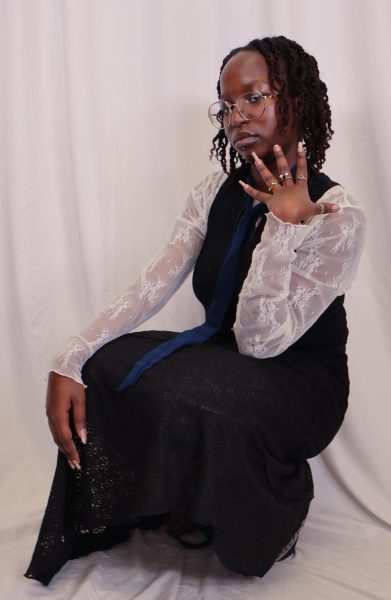
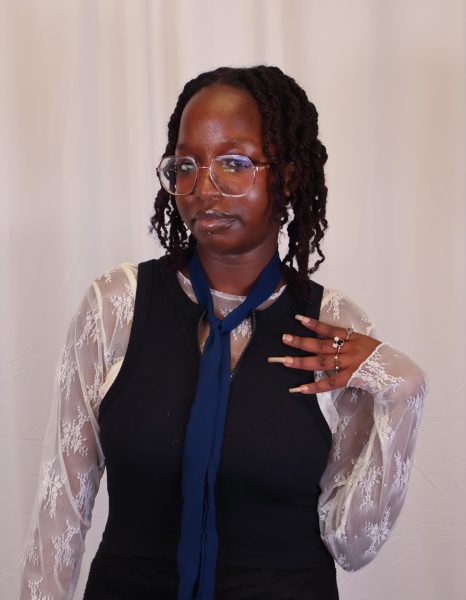
A lot of alternative clothing nowadays appropriates subcultures like punk and various goth subcultures. However, a key difference between clothing nowadays and authentic subcultural fashion is that alternative fashion is supposed to be creative. It should be a process of trial and error, from reusing pieces in different ways to DIYing pieces. Now, when someone is alternative, their clothing brands are often SHEIN and H&M – which goes against the principles of counterculture in many ways. Alternative culture is inherently anti-corporate; alternative beliefs rely on revolutionary and anti-establishment ideas. Alternative ideals originated with an anti-consumerist idea of not buying into fast fashion, finding ethically-sourced products, and a separation from mainstream culture. However, alternative culture has been appropriated to the point where alternative culture heavily revolves around big business and fast fashion. Big clothing brands like SHEIN and H&M not only abuse their workers and the environment but also encourage consumerism and go solely with the trends. These big corporations are mainstream and part of the establishment. There is nothing revolutionary about them or their clothes.
For the punk subculture, which is rooted in the civil rights movement, big corporations passing off their clothing as punk is another step forward for erasure of alternative communities. The punk movement – as with many other subcultures – were born from ideals. Their clothes, their fashion that people take from, were a physical manifestation of the political ideals, standing for radicalism and change. Alternative styles such as punk fashion and hippie fashion have made their way into mainstream media, but at the cost of their countercultural roots being erased. Alternative fashion is inherently political, anti-fast fashion, and supports nonconformity, making the erasure of marginalized communities ironic. Nonconformity is only tolerated when it is acceptable to the general public.
People forget that alternative fashion, especially punk fashion, involved lots of creativity. If someone wanted a t-shirt with a skull, they would paint it and style it in a way that differed from the norm. SHEIN, however, sells these t-shirts with skulls pre-made, and they are often paired with a simple pair of baggy jeans. Additionally, brands like SHEIN and H&M participate in heavy amounts of child labor – a direct violation of civil rights.
“The joy of fashion styles like goth, grunge, lolita, decora, cult party kei, and punk lies in the gradual process of building your wardrobe,” Tenmei Zane ‘27 said. “Acquiring unique pieces contributes to a one-of-a-kind wardrobe that is not easily replicable. I quite literally style my sister’s and my brother’s black clothes in goth outfits all the time, one being my sister’s middle school choir dress. Hauls from mass production companies like SHEIN or Romwe takes away that experience, and is mindless.”
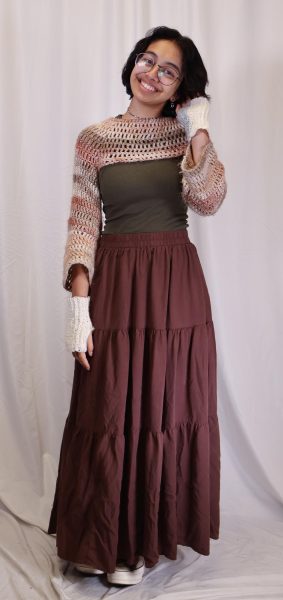
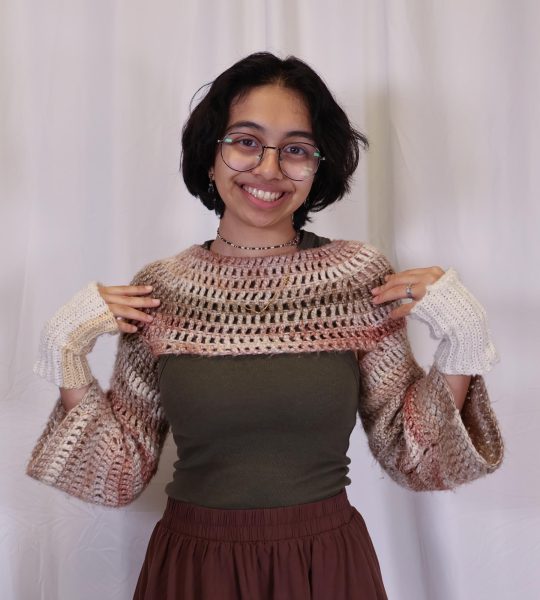
Additionally, the popularity of the subcultures has led to the original creators of these communities being pushed out of the space. This is no surprise. People always forget the root of these subcultures because those people are always marginalized. It is a narrative that is all too common in history, stemming from years of racism and homophobia.
“There’s this internalized racism that comes from all of this,” Alex Correia ‘26 said. “Even though the whole idea of alternativeness is to be different, it’s [to] be different within a certain box. If you exit that box, then you’re just too different for it to be normal. I think that comes back to the idea of self-expression, not just as fashion but who you are. People who are a different race like Indian, Asian, or anything like that are pushed out of these more eurocentric areas because they’re different in a way that can’t be controlled, and that’s scary and unknown. They’re different in ways that can’t be controlled [and] that are out of the box of what is considered to be normal, even in these alternative spaces where everything should be considered okay.”
Whether it be African-Americans, Hispanic Americans, plus-sized people, or Asians, marginalized people are the ones who started these movements, often in response to discrimination, but they are kicked out of the culture and space they created. Time and time again, the practices of marginalized communities’ are used and then they are pushed aside in favor of eurocentric ethnic communities.
“I often feel like an outsider due the fact I’m not white,” Zane said. “Alternative spaces are overwhelmingly white, and there is a reason. Whenever white people lead a movement, it is typically seen as bold, edgy, [or] cool. In contrast, if an ethnic minority group led a movement, it’ll be seen as trashy or disgraceful to their culture to the masses. I feel awkward when I’m with white people. [When] other Asians spot me among the white crowd, I can’t help but shake the feeling [that] they might think I’m whitewashed.”
Even in legitimate alternative spaces, there is a clear trend to the people who get recognition and praise. The ones who get recognition are usually pale-skinned, thin, and fit the mold that social media has categorized as alternative, excluding more unconventional or maximalist subcultures. When an alternative person doesn’t fit into these arbitrary standards, even now, they are looked down upon. They may not receive as many compliments as pale or thinner people who dress similar. They may get weird looks or face verbal and physical harassment for their appearance – harassment that is usually experienced less if you are a light-skinned and thin alternative person.
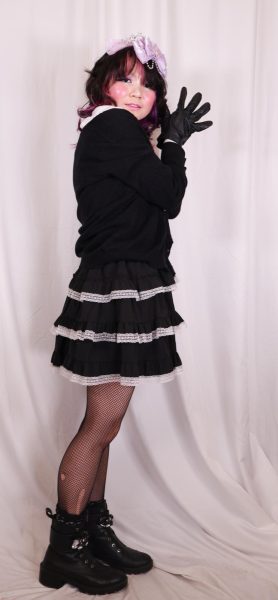
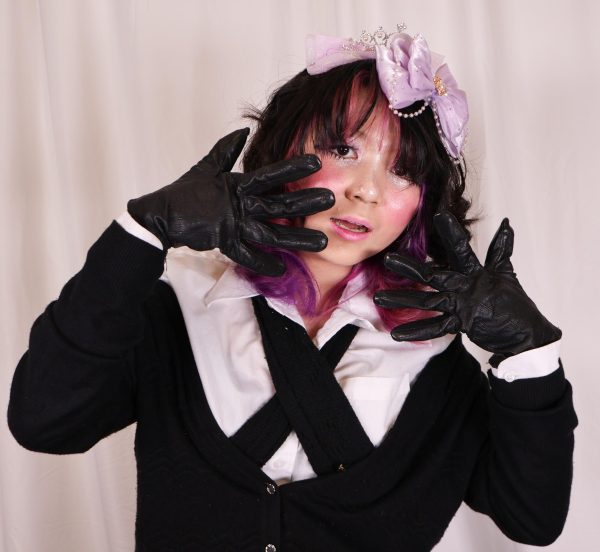
African-Americans are very underrepresented in alternative fashion despite their involvement in many popular subcultures. They aren’t the only ones: marginalized creators of alternative communities are always kicked out of the spaces they were involved in cultivating. Nowadays, social media pushes a certain look for alternative people. There is a certain eurocentric punk-goth look that is victim to commodification of the subculture. Feminine-presenting pale and thin people are regarded as fashion icons despite their fashion often being basic, taking the spotlight away from other alternative people. Society doesn’t want to see unique fashion or people. They want to see what is palatable; it can be adventurous, but not too adventurous.
“More people don’t expect dark-skinned people to dress alternative because they fit [alternative fashion] with how white people dress,” Kairu said. “I feel like that’s not how [only] white people should be dressing. I feel like [dressing] alternative is for everybody and if you want to, you can do it.”
South Asians in alternative fashion have long been underrepresented. As immigrants, they are fed the narrative they must blend in. South Asians have been discriminated against for so long that any self-expression that may warrant even more discrimination is tamped. The immigrant mindset of just trying to survive in a world that stereotypes South Asians leads to their children being afraid of being authentically themselves through alternative fashion. In addition, due to South Asians being viewed as undesirable, social media algorithms on platforms such as Instagram and TikTok don’t push South Asian beauty and fashion content as much as other ethnicities and facial structures that fit into current beauty standards.
“I [get treated] really different [compared to light-skinned people],” Rajiv said. “The way people act around people who dress alternative and are darker-skinned is very different, especially on social media as well. People get flamed in the comments for being darker-skinned [and alternative] while women who wear basic alternative fast fashion are praised.”
The commodification of alternative fashion has been seen in subcultures such as goth and punk. Mainstream media chooses the subcultures that are socially acceptable and rejects other forms of alternative fashion. Subcultures such as lolita, gyaru, disco, and scene aren’t regarded as trendy alternative fashion. They are seen as weird, unconventional, and tacky. Interestingly, disco has never gone as mainstream as punk, goth, and hippie fashion – in part due to its strong roots of people of color and queer people. It has been decades, but we will never truly wash away the years of systematic racism and homophobia that festers in every nook and cranny of society.
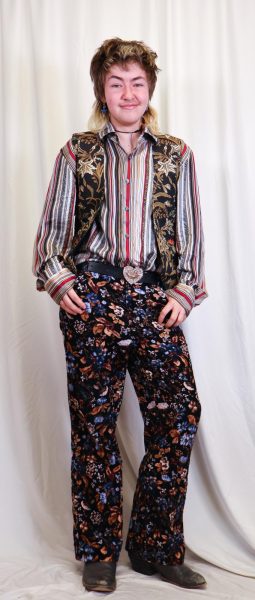
(Vedanti Patil)
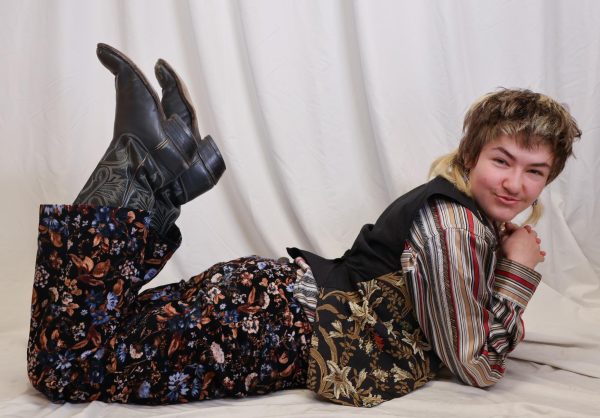
“A lot of people at this school aren’t truly alternative,” Aiden Watson ‘27 said. “There’s a lot of TikTok goths. I know a lot of people who are really alternative get barked at. People walk by goths in the halls [saying] ‘wrist check’. People report people for being suicidal when they just dress a little bit gothy.”
When it comes to unconventional alternative subcultures, the majority believes that alternative is only punk or grunge, so not only does this hurt marginalized communities who participate in darker subcultures, but also anyone who dresses more unconventionally. Being alternative is perceived as okay until you are not someone’s definition of alternative. When you escape the restricted box that society believes is alternative fashion, they become afraid because they cannot control you. It becomes too unpredictable; creativity is only tolerated when they can understand and relate to it. The problem is, many people aren’t meant to relate to certain subcultures, especially those rooted in radical ideals.
“The subculture isn’t just about the fashion,” Watson said. “It’s about the music and the politics, especially when it comes to punk and goth. Social media has watered it down as an aesthetic and not a political movement that is involved with the music. Inherently, as a fashion style, [alternative subcultures] challenge things like capitalism and bigotry. People dressing up is the physical manifestation of their [political] identity. A lot of people who are totally on the opposite spectrum [that] don’t abide with the politics are now monopolizing goth and punk. It’s just about looking cool or following a trend.”
When fashion trends go mainstream, it becomes basic. While being basic isn’t bad, claiming basic fashion is alternative diminishes the origins and roots of legitimate alternative subcultures. Basic fashion tends to do that – what was once basic used to be alternative. Baggy jeans originated in the hip-hop and rap community, spaces dominated by African-American people. Baggy jeans symbolized rebellion and freedom, diverting from the cultural norm of skinny jeans. Celebrities including Avril Lavigne rocked baggy jeans, and many followed suit. Borrowing fashion from different movements and groups is not and will never be wrong; fashion is about experimenting. However, it is harmful to erase the history behind alternative fashion, as many celebrities who don’t embody or understand alternative beliefs and history tend to do.
Nowadays, newer generations, especially Generation Z and Generation Alpha, express themselves through fashion in similar ways to the origins. The trend of baggy jeans symbolize the newer generations’ characterizing traits of freedom and rebellion, which manifests in their fashion styles. However, the prejudice and beliefs rooted in racism and homophobia from the past are still prevalent today, often in the way that alternative people from marginalized communities are treated.
Fashion is an art, as many tend to forget. Alternative subcultures has always been dominated by the creative, marginalized communities. The underrepresentation and devaluation of people of color, plus-sized people, and anyone who doesn’t fit eurocentric beauty standards is a common theme in history that is pervasive in society even now. The shunning of marginalized communities in cultures they created is a century-old narrative, rebranded.





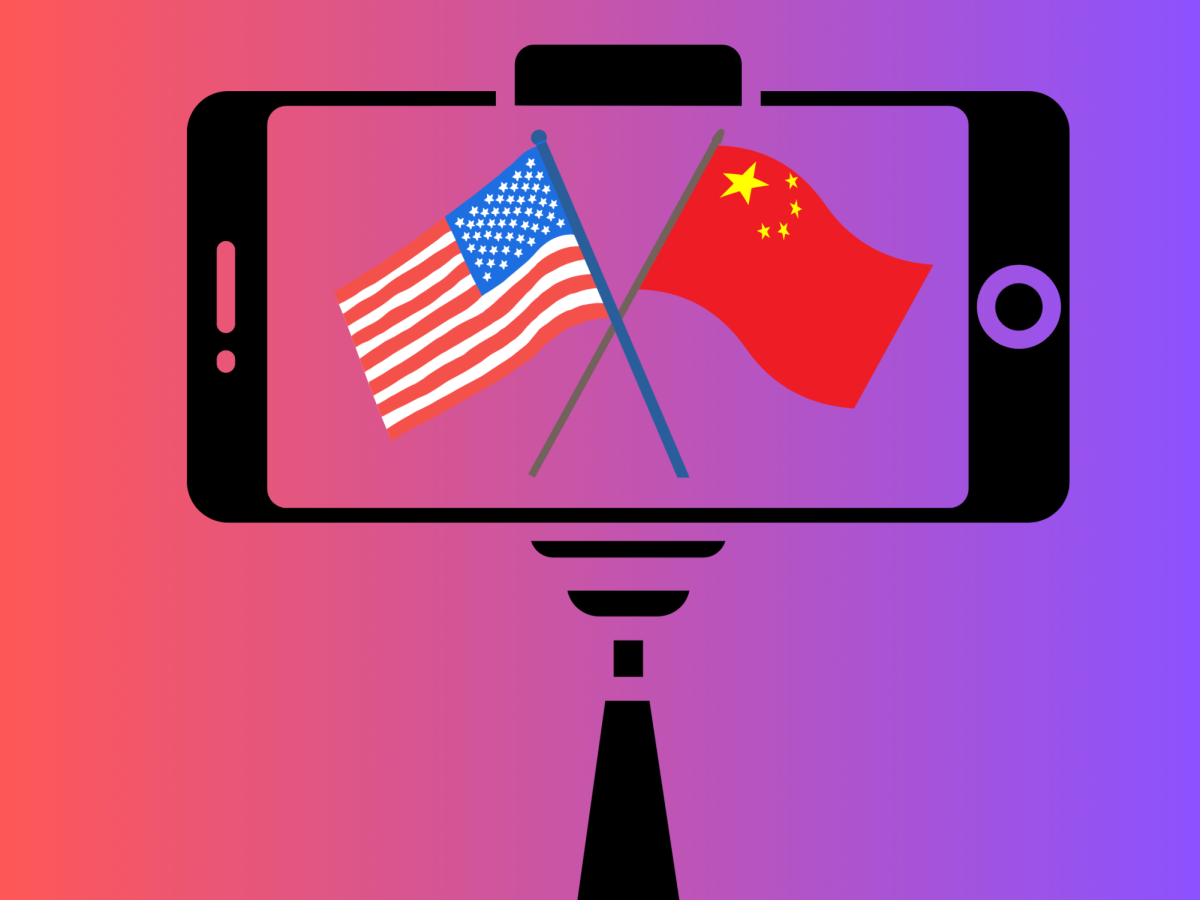
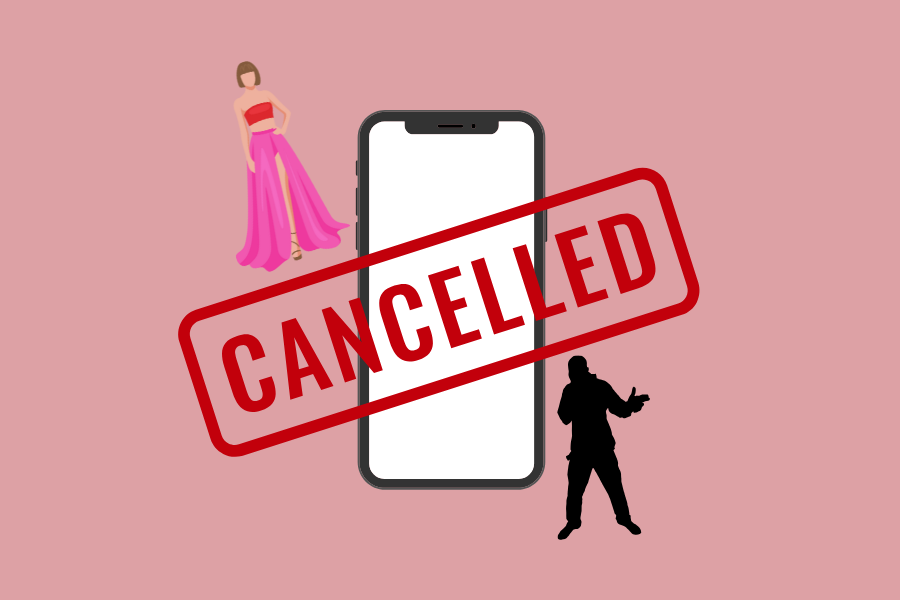


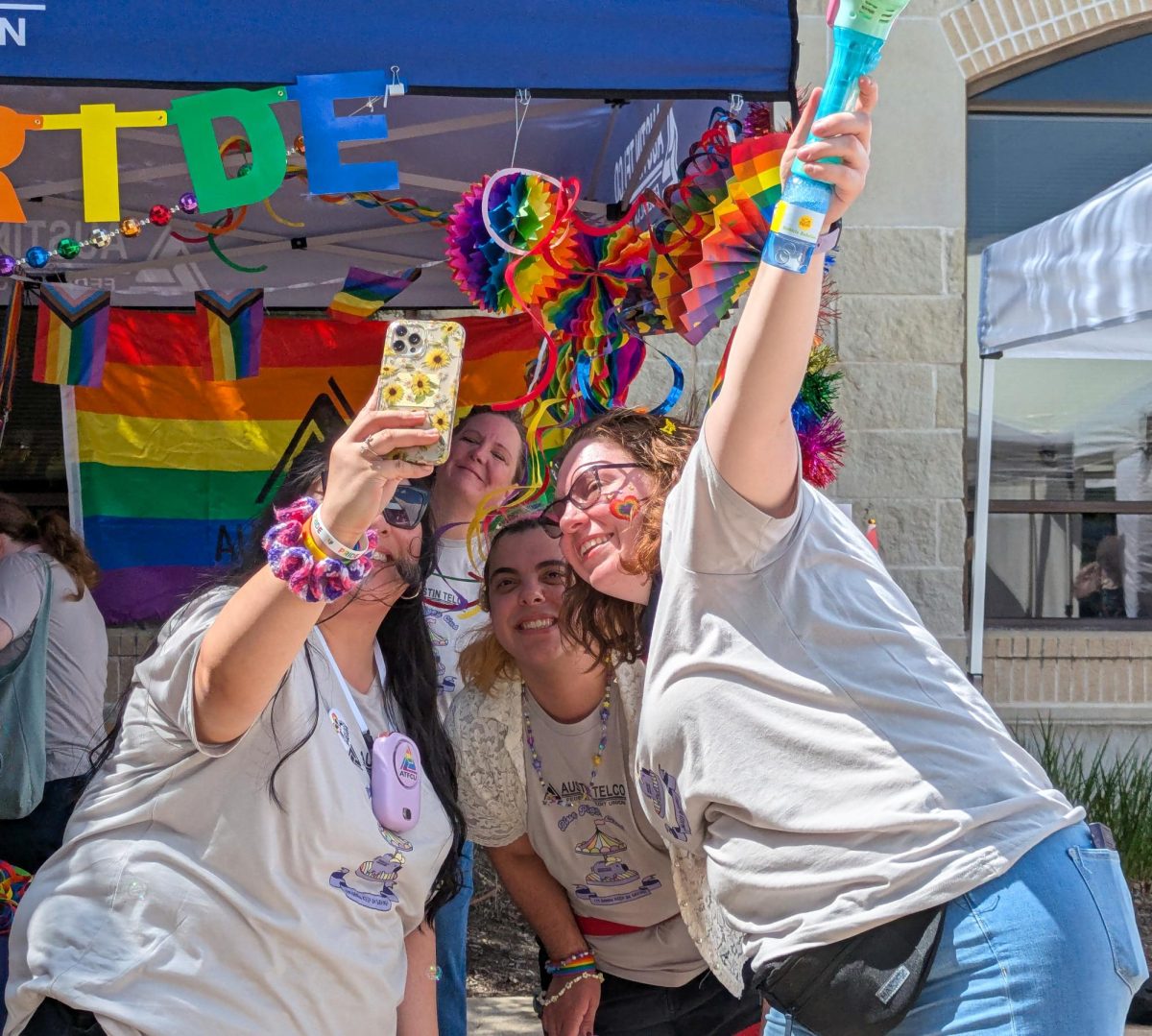

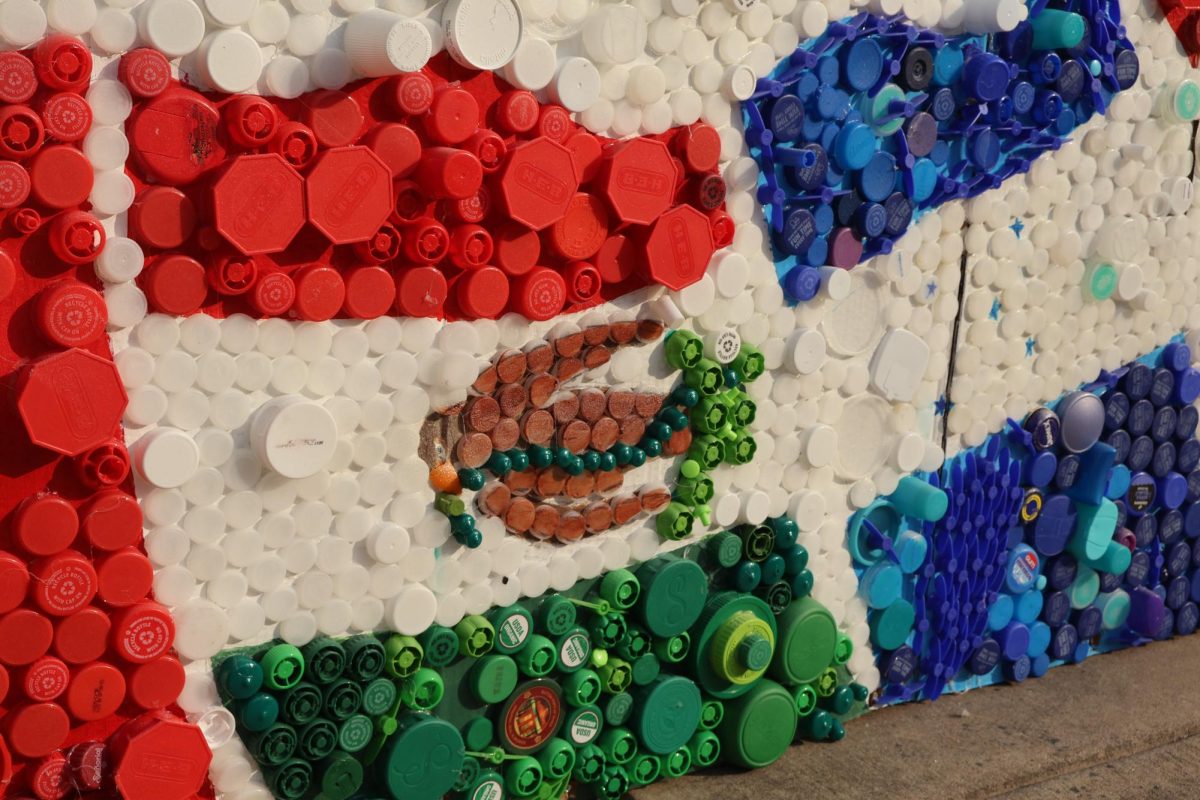
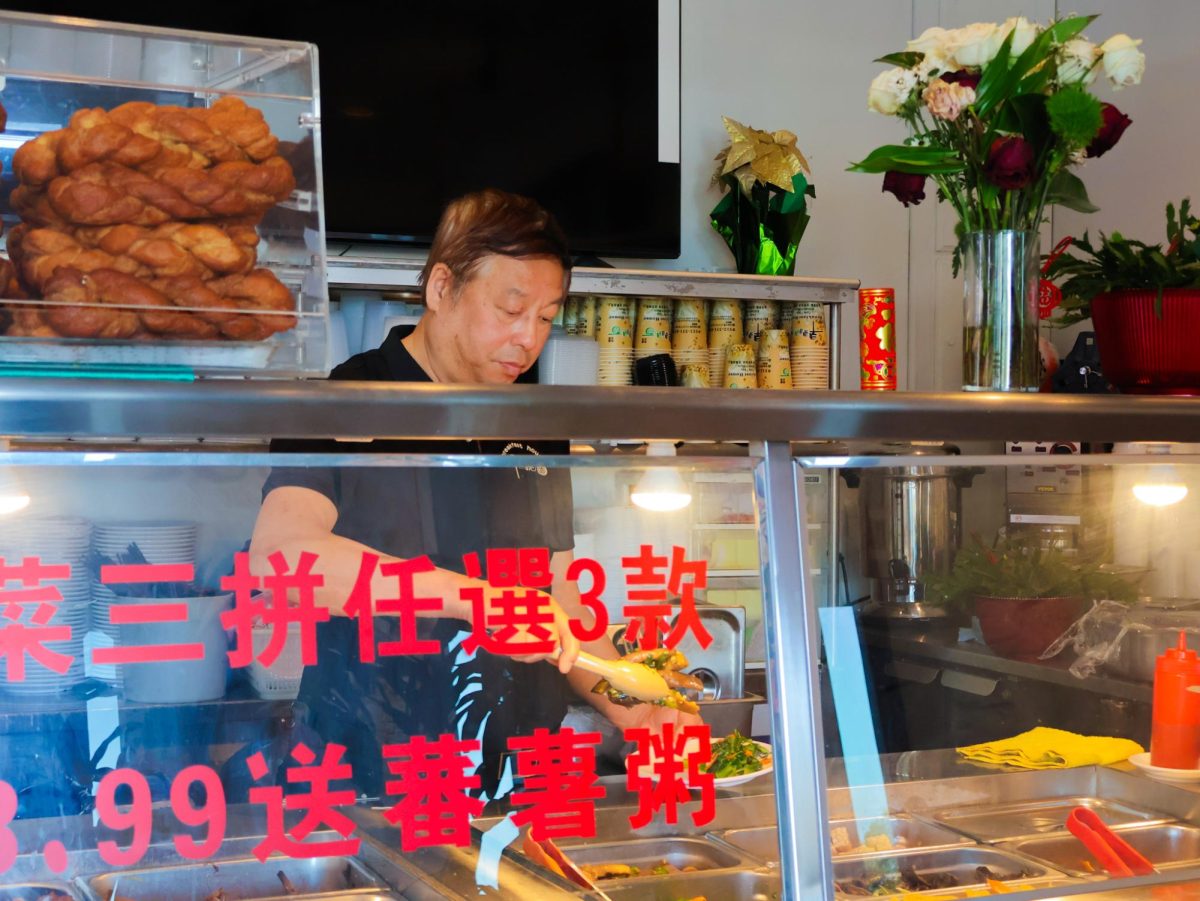
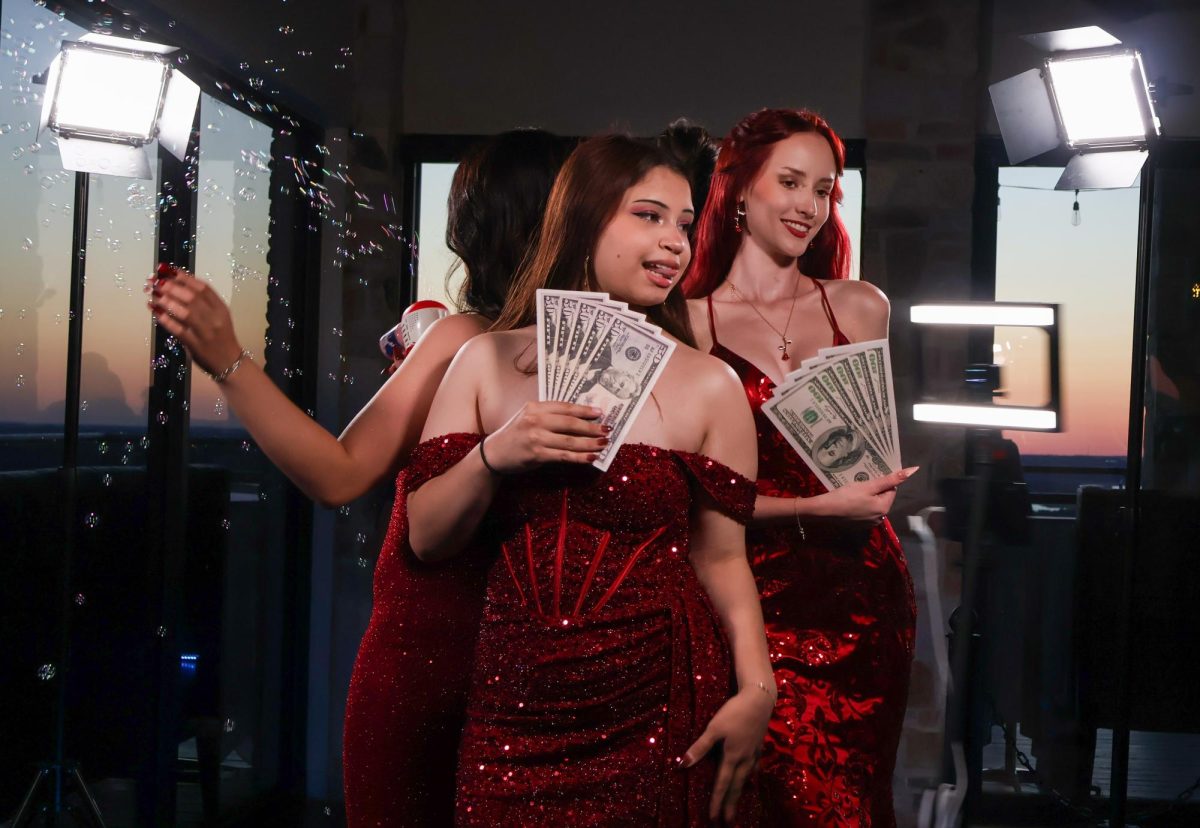

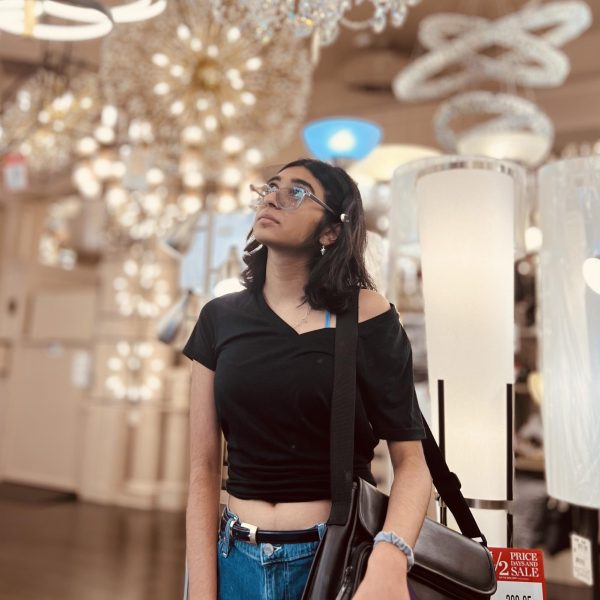
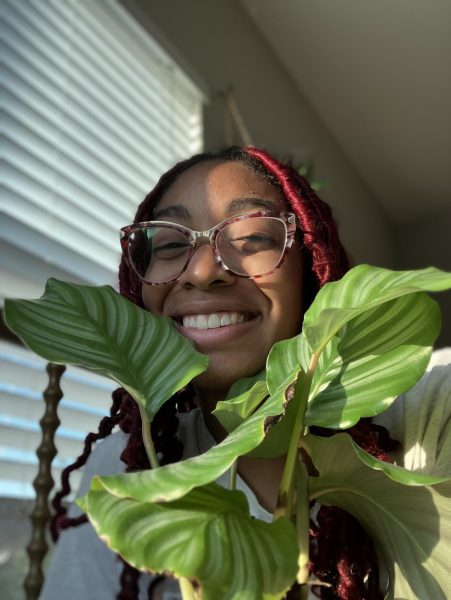
tenmei • Feb 25, 2025 at 10:29 am
oh and while my other comment’s awaiting approval, I forgot to mention while my sister was a scene kid, she didn’t have a robust wardrobe. At first she didn’t even have all the colorful hair, it was like 2010ish and onwards where she had all sorts of crazy colors, too bad I have zero recollection and she deleted her Facebook photos!! I’m just relying on a few yearbook photos from 2006-2008 and my mom and brother’s descriptions haha.
Anytime I diy my hair my mom complains and warns about how “ugly” my sister’s emo hair was, I’m sure it was cool and my mom is just being a boomer (she’s gen x but shhhh.)
Idk what music she listened to back then, I just know she’s a massive Britney fan nowadays (we’re a Britney Spears household.) Uhhh unrelated, my brother likes Led Zeppelin and rap, he used to listen to more rock. I listen to new wave (and not just synthpop; new wave is a catch all label, it describes the era of 80s music instead of the sound, hence the name), favorites being Oingo Boingo, Joy Division, Talking Heads, and New Order !!! :PPP
Johnny Slash is my spirit animal. (Character famous for the “Are you really a punk?” “Punk? No way! I’m new wave, totally different head. Totally.” scene.)
Most scene kids realistically weren’t over the top, and weren’t really colorful until the Tumblr 2010s era. (I mean there were colorful scene kids in the 2000s, but not exactly the rainbow barf yet we think of)
Again, they come from mall goths, former scene kids from the first wave have told me they just wanted gothic aesthetics.
tenmei • Feb 25, 2025 at 12:48 am
WARNING: I GO ON MASSIVE SPIELS.
Good article, thank you for reaching out and hearing our voices! Though some corrections about what I meant by my responses: gyaru, lolita, and scene are “trendy”, but only at a surface level. Idk what people like about gyaru to make it trendy (other than them being weebs ig,) cuz they don’t like big eyelashes, they don’t wanna standout, they don’t wanna rebel (which was the whole point since the 70s… ex. the song “OH! ギャル” by Kenji Sawada 1979 laid the groundworks for the “gyaru personality”), they just want the label…? Funfact: gyaru is moreso a counterculture instead of a “j-fashion”, but I say j-fashion as that’s easier
Or like how even in Japan, there’s been discourse about how some influencers buy a cheap “lolita” costume for a bit to throw it out, which tots goes against everything lolita built up.
Baaaacckkkk then, yeah gyaru and lolita, any j-fashion was totally seen as uncool. Early 2010s interviews and articles were brutal for no good reason, it was all treated as alien-like and a novelty. There were talks about “Is it a costume? why would you even do this?” in a very condescending way.
Ok, I go on personal commentary over here, to add a little context behind somethings:
And if anyone’s curious; there was the Udoli movement back then to uplift black folks, as they were shunned from j-fashion spaces.
Speaking of black folks in j-fashion, gyaru fashion (starting from the 90s, the word entered Japan in the 70s and that’s how the idea of a gyaru started) was very much influenced by African American culture; gyaru has yanki origins, lower class individuals had tans and after some time, Amuro Namie debuted and began the Amura generation; Amuro Namie is Okinawan so she had a tan naturally, and because of her …”exotic”(described by media) features and …very 90s lyrics, she was a massive sensation; she commonly credited black artists as her inspiration, ex. Naomi Cambell, and made plenty of hip-hop albums; hip-hop and R&B music was actually VERY popular in Japan from the 90s-2000s.
And yet, people actively say “gyaru was ONLY inspired by white bimbos who tanned!!!”, like I dunno seeing how everything aligns, I don’t understand why that theory is prevalent. Gyaru magazines quite literally featured black celebrities, ex. Popteen and Beyonce. (Simplified it a bunch, but you get the jist.)
So it’s puzzling when I see people being hostile towards black gyaru, especially by white gyaru. This subculture’s fashion was built off what was trending in the 90s, which includes said black influence. Sure it might’ve evolved a bunch, like tans haven’t been a requirement once the 2000s rolled around, but we still gotta credit and acknowledge its origins.
Actually, just about anything can be traced down to black influence if you look deep enough, especially with punk, it’s just a matter if people can “cleanse” the image like how they’re claiming gyaru comes from white bimbos lol or “Vivienne Westwood invented punk fashion.” (Like c’mon, think about the timelines and movements for a second…)
Scene kids stem from mall goth instead of punk directly, and I think people are missing the point that scene kids were dressing and acting like that to have fun. I think people are overcomplicating it, it’s totally different from my sister’s time (2006-2010 circa.) And while a lot of images and archives floating online of scemo kids are Eurocentric, there were plenty of POC ones; I cannot speak on everything my sister experienced, but I do vaguely recall her talking about how much racial discrimination she went through in the 2000s.
All “alternative fashions”(up until 2010s, I blame Tumblr for the aestheticization) were all subcultural movements, they all had a strong mindset and image that was further driven by fashion. Another key difference is people want labels, they categorize EVERYTHING, but that wasn’t the case back then; punks, goths, gyaru, lolita, and even more were all insults thrown by outsiders that simply stuck around, that’s why we cannot strictly define a subculture and say “you just gotta be apart of it, it’s partially a mindset. you’re in it or you’re not.” They all did their own thing and it just developed. Goths were sometimes even called darks, deathrockers, vamps/vampires, new wave, etc. before the label “goth” arose in the 90s.
Lolitas did not dress to look like children, if anything, their fashion was considered lady-like (ex. natural kei) until the 90s where people insulted them by calling them a lolita (yes, based on the movie-book unfortunately… that’s the only connection the two have.)
Fashion (used to be) on a 20-year pendulum, so things are bound to switch opposite sides, ex. bushy brows were in in the 80s, skinny brows were in for the 90s-2000s. However, due to social media and overconsumption, I’m not quite sure how a future countercultural movement would play out with fashion. The anti-fashion narrative has played out plenty of times already and has lost all meaning due to commodification (*cough cough* grunge and punk *cough cough*)
Diy and thrifting is a classic route and has produced completely different outcomes! Ex. cult party kei, fairy kei, punk, goth, grunge, original emos (not mall emos), shinora, etc. But ofc scalpers took over, and I’m not quite sure if there’s really anything new to do. Even “new alternative fashion” is a rehash of old stuff, ex. Tenshi Kaiwai – Mizuiro, Jirai kei – Girly kei, 2020 alt – basically egirl and mall goth. Regardless, I’m interested to see what will pop up.
I could totally ramble on the socioeconomics of subcultures all day.
It’s interesting how people nowadays put scene kids and mall goths in high regard, but they were the posers back then, and are often blamed for the death of true counterculture. But ironically, I see people say “The death of malls is the death of alternative fashion” so yeah you can see why I *personally* am not a massive fan of the term “alternative” lol.
…though due to *certain* recent events, I wouldn’t be surprised to see a future movement; the only thing holding it back is the fact people are lazy preformative activists.
Hmm connecting back to mindsets, it’s nice to have a feeling an old person might’ve been a part of a movement back in the day, and to be right. Obviously, people grow old so they can’t dedicate themselves to a subculture anymore, but I don’t think that part of them necessarily leaves because they *were* a part of the subculture. (Unless ofc they weren’t too deep into it.)
And the funny thing is, sometimes I have a feeling that someone’s parents were a part of a movement, even if I cannot narrow it down. It’s all feelings, I can’t comment too much; I just hang around old people, and my friend’s parents who were alternative a lot to know lol.
Oh and lastly, EVERYTHING, INCLUDING ALL ART, ESPECIALLY FASHION IS POLITICAL!!!!!!!!!!!!!!!!!!!!
Deetyaa Shah • Feb 24, 2025 at 5:56 pm
I love the research you’ve done on punk history! You defined the terms excellently and I appreciate your commentary on this issue! I agree with your article, and I think that fast fashion brands should definitely be called out more by our generation. The intersectionality of racial identity and punk politics is rarely discussed and this article did a great job explaining the topic and exploring people’s opinions on it.